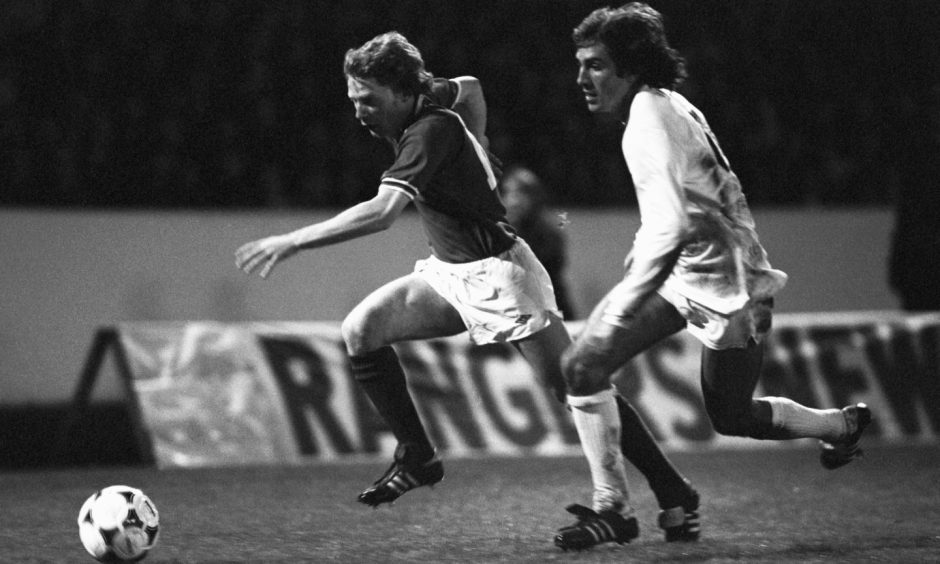
Fifer Billy MacKay lived the dream and the nightmare after signing for Rangers as a schoolboy in 1976.
The Auchmuty High School pupil plumped for Ibrox despite being wanted by Aston Villa, Liverpool and Manchester City.
MacKay grew up in Laverock Avenue in Glenrothes.
He was not only great at football but he was academically gifted.
The fast winger stood out in his school team.
He played six times for Scotland’s schoolboys at Under-15 and Under-18 level.
Billy MacKay signed for Rangers aged 15
Chic Todd was head of PE at Auchmuty High and said it was evident from an early stage that MacKay had the attributes to go all the way to the top.
“There were two great strengths which made young Billy stand apart – his great pace and two superb feet,” he said.
“There are so many players at the top level who can really only do things with their good foot, but Billy’s left was as good as his right.”
On a Saturday he played for his school in the morning and Glenrothes Strollers in the afternoon, where Jim Kane ran the side with Drew Hendry.
“When the interest in the player became really keen it transpired that Billy had always been a Rangers fan,” said Jim.
“As you learn to expect, the scouts were up to all sorts of tricks and I was keen that Billy and his dad should take their time to look at all the options.
“But once Rangers came on the scene the rest just weren’t quoted.”
MacKay was 15 when he signed schoolboy forms at Ibrox on January 14 1976.
The level-headed teenager was registered as a full-time player with Rangers on June 18 1977, after completing his studies at Auchmuty High School.
He showed how good he was at Dens Park
MacKay took his big chance in a pre-season game at Dens Park when he outshone Jimmy Johnstone, who was playing for Dundee.
He made his competitive debut against Aberdeen at Pittodrie in August 1977 alongside new signings Davie Cooper and Bobby Russell.
Rangers lost 3-1.
MacKay kept his place for the European Cup Winners’ Cup visit of Young Boys of Berne and the League Cup win against St Johnstone on August 24.
Manager Jock Wallace turned to experience after losing his first two league games.
Alterations were made in personnel and tactics.
MacKay was dropped for the remainder of the season.
Rangers won the treble.
Wallace resigned at the end of the season.
He was replaced by John Greig.
MacKay’s Rangers career continued.
He found few opportunities but cameo appearances included two goals in a 4-0 League Cup win over Clyde in September 1979.
In August 1983 he scored in the 10-0 home win against Valletta in the Uefa Cup, which was a record score for a Scottish club in Europe.
How did his Rangers career end in 1984?
But MacKay was forced to retire when he should have been entering his prime.
He was injured in a reserve match against Motherwell in February 1984.
“I had just gathered a loose ball in the penalty area and shot,” he said.
“The defenders collided with me and hit me on either side of my knee and the angle at which the impact came was exactly right to shear the ligaments off the bone.
“And to think I had just scored a goal, too.
“Little did I know it was the last kick I’d ever have.”
Rangers physio Bob Findlay said an “organised demolition job” on MacKay’s knee couldn’t have caused any more damage.
There was a cruel irony in the way his Rangers career ended.
He was back in the squad after Jock Wallace returned to replace John Greig.
Injury happened after first-team return
MacKay had started January 1984 coming off the bench in the Ibrox friendly against a Feyenoord side that included Johan Cruyff and Ruud Gullit.
He was picked in the starting line-up for the next game, against St Johnstone, in the Premier Division, which Rangers won 2-0.
MacKay started the Scottish Cup win against Dunfermline at Ibrox and came on as substitute in the 2-0 home win against Motherwell on February 4.
Then came the devastating injury.
His knee was rebuilt, although he was not allowed to take part in contact sport.
MacKay retired in August 1984, aged 24.
He made a total of 37 appearances for Rangers and scored four goals.
Rangers played New Zealand for his testimonial game in November 1984.
Amazing return with Hearts in 1986
That, however, was not the end of the story.
Mackay was approached by Hearts to operate as a scout.
That led to him playing a few practice games with the youngsters.
Two years of complete rest had worked wonders.
He was managing the sessions without suffering a reaction from the knee.
MacKay decided to see if it could stand up to a return to football.
It did.
He was living in Blairgowrie and running the Crown Bar when he signed a three-year contract with Hearts in February 1986.
The newspapers nicknamed him the “miracle man”.
“I definitely thought my career was over when I was told to stop playing,” he said.
“But if there is one thing I’ve learned in football, it is that the game is full of ups and downs, and I am enjoying life right now.”
Hearts had been in top form.
A league and Scottish Cup double seemed on the cards.
There was no fairytale ending at Tynecastle
He was on the pitch at Dens Park in May 1986 when Albert Kidd scored two goals for Dundee, denying Hearts the league title on a dramatic final day.
The Scottish Cup final against Aberdeen offered redemption.
“I would love to see Hearts lift the Scottish Cup, particularly after the way the title was lost last weekend,” he told the Evening Telegraph in 1986.
“Saturday was a bigger disappointment than being told my career was over.”
Aberdeen piled on the misery and won 3-0.
MacKay was back on the bench the following season.
He spent a month on loan to Dunfermline Athletic in February 1987.
MacKay returned to Hearts in March 1987.
His knee problems returned and he retired in the summer.
What happened after he retired in 1987?
His father-in-law, David Scott, was president of Blairgowrie Juniors.
MacKay agreed to become manager and offered his services free to the club.
After considering several career avenues, he took over the High Street florist in September 1988, following the retiral of John Wilson after 14 years.
MacKay and wife Margot called the shop The Orchard.
He was juggling football, work and family life.
MacKay had another career change in 1993.
He joined his father-in-law’s business and became a funeral director.
MacKay and Margot have run the firm since 2004, following Mr Scott’s death.
They were joined by son Martin in 2008.
Locally, his tireless community work in football was honoured.
He ran a leg of the Queen’s Baton Relay through Blairgowrie before the Commonwealth Games in 2014, after being nominated by daughter Michelle.
In 2017 he was recognised for 30 years’ service to Blairgowrie Juniors with a lifetime membership of the Scottish Junior Football Association.
It was reward for never giving up.
Now aged 64, he remains a legend in junior football circles.
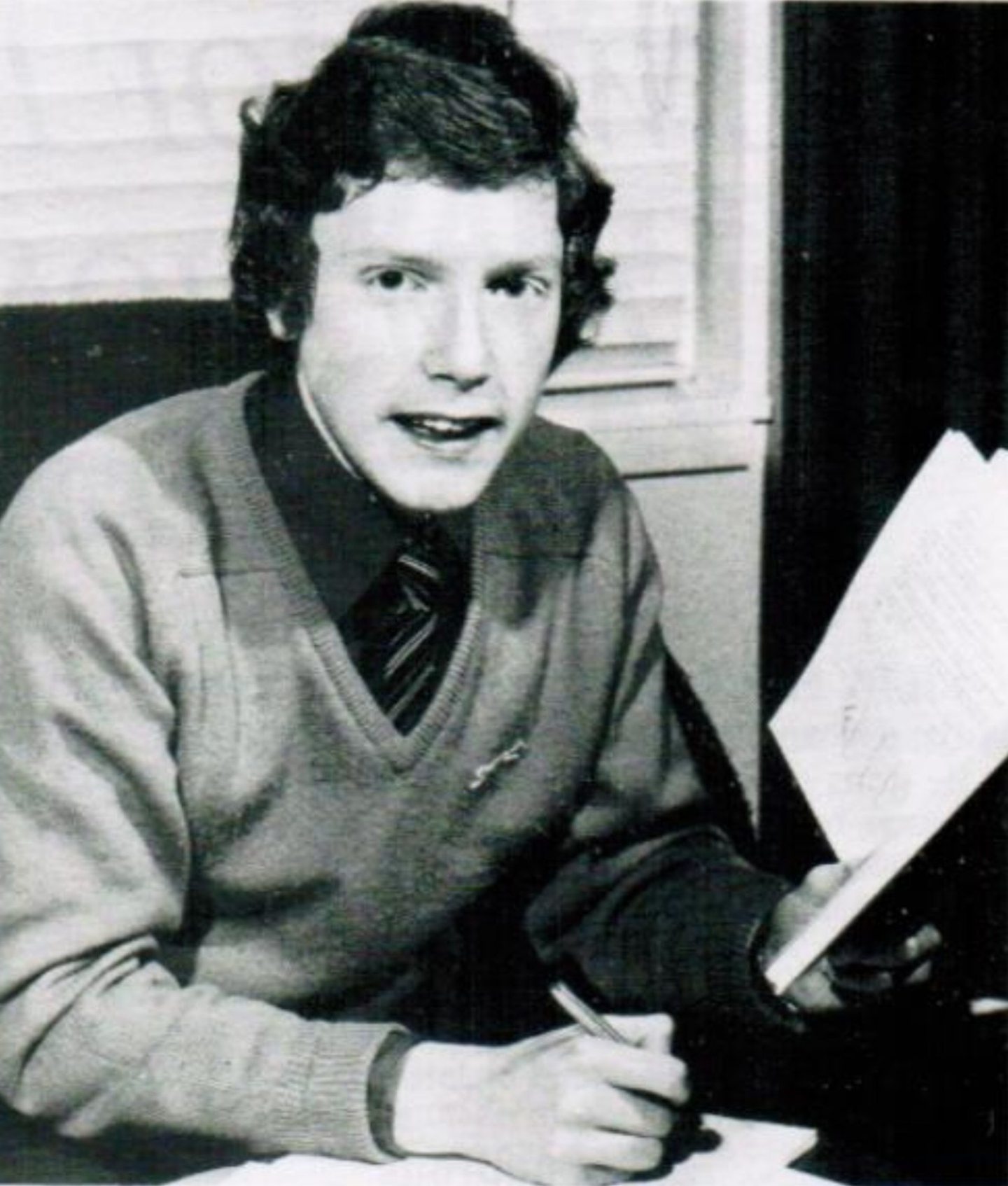
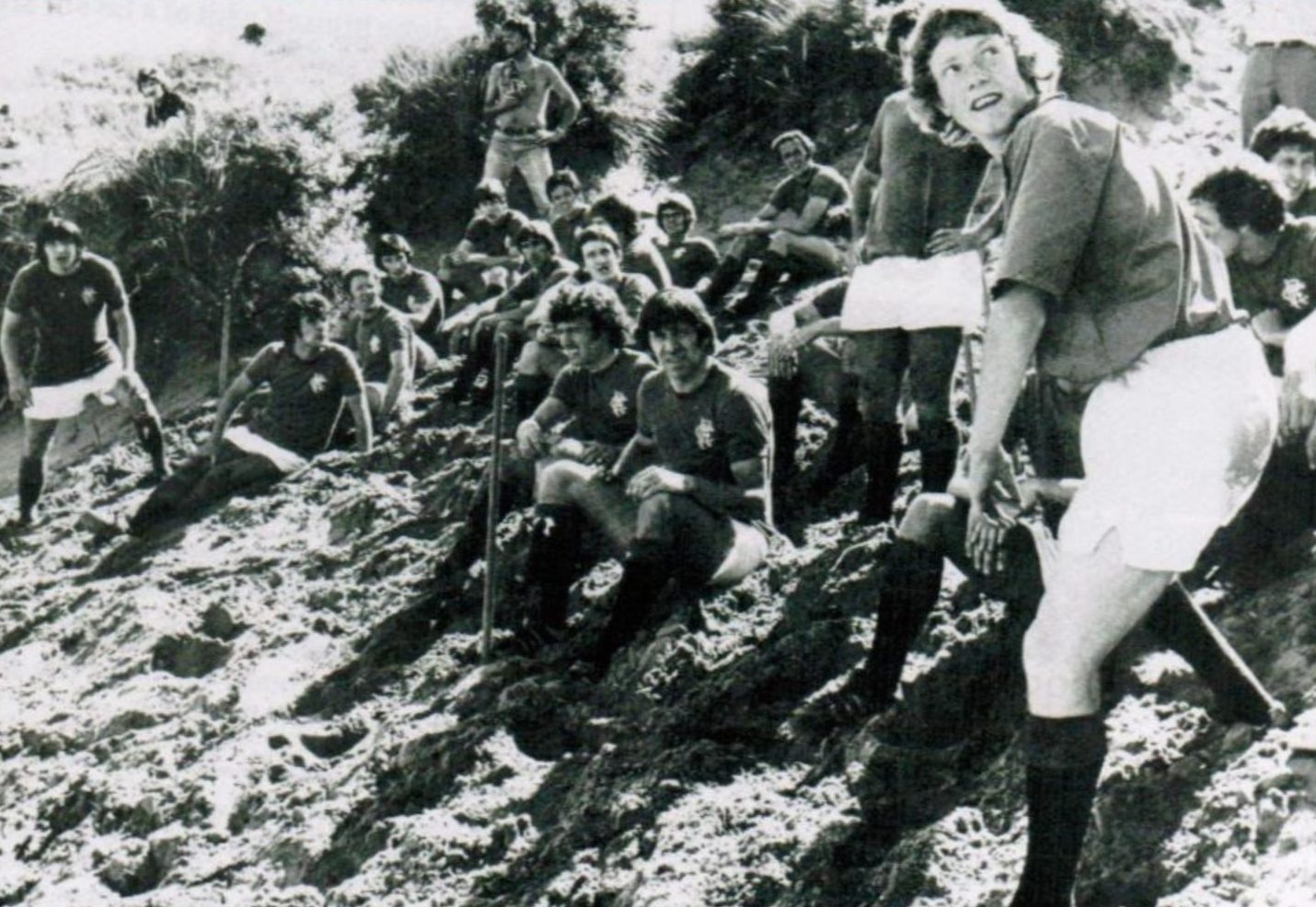
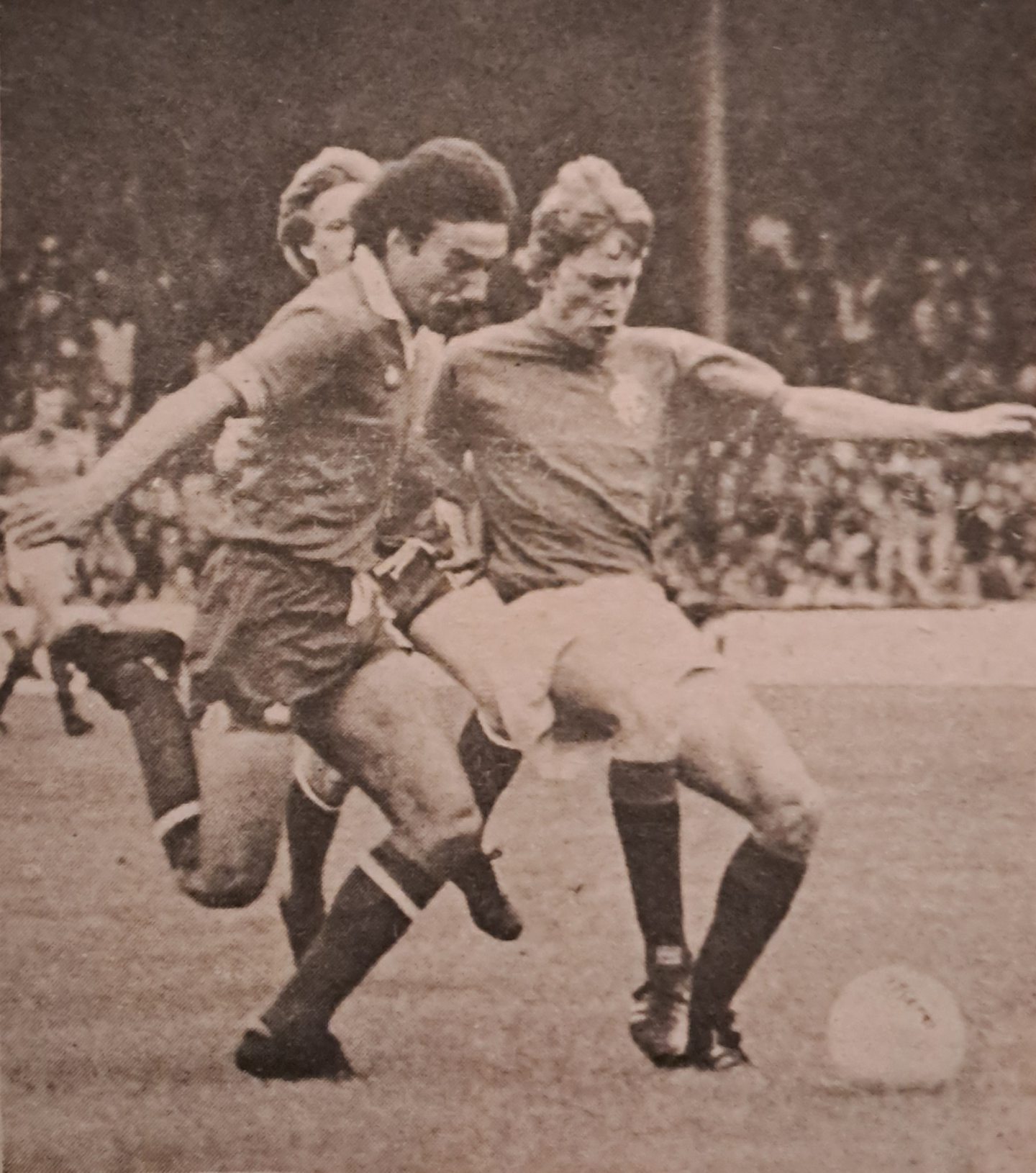
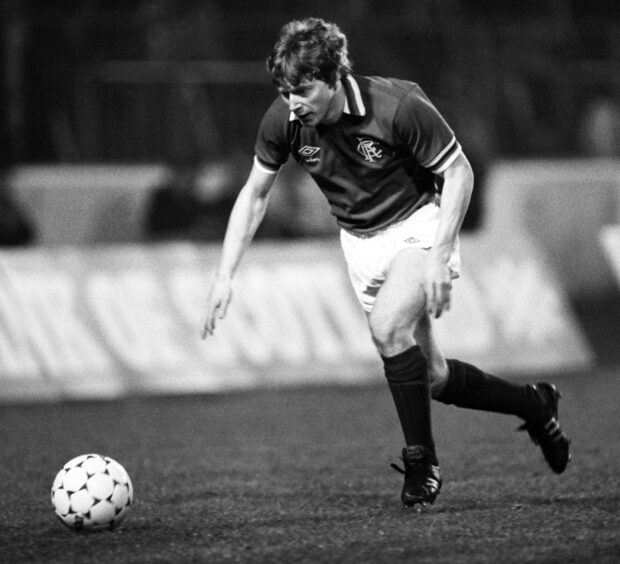
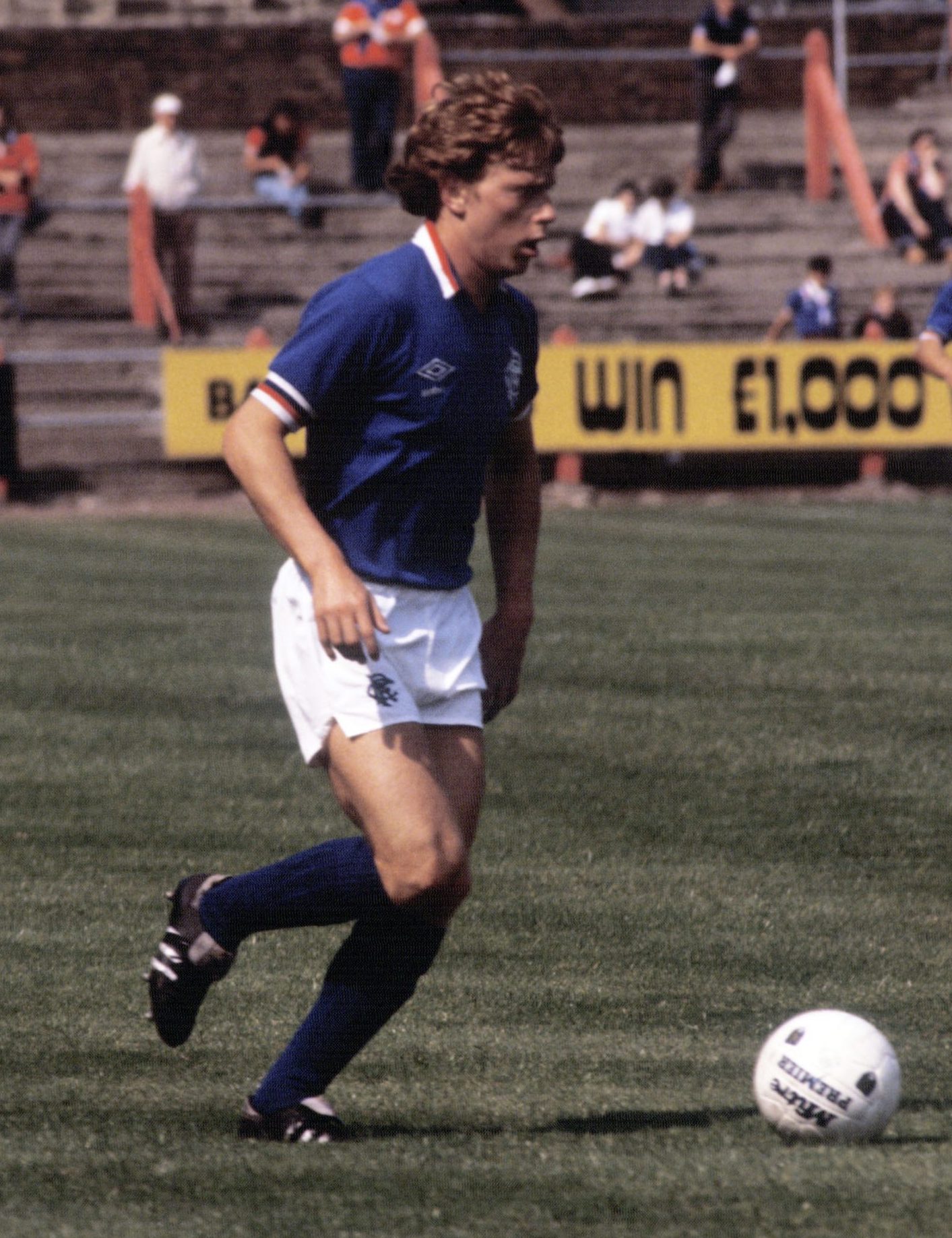
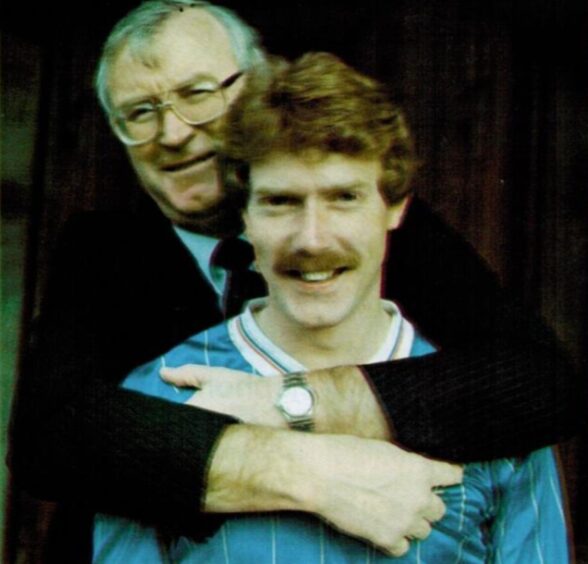
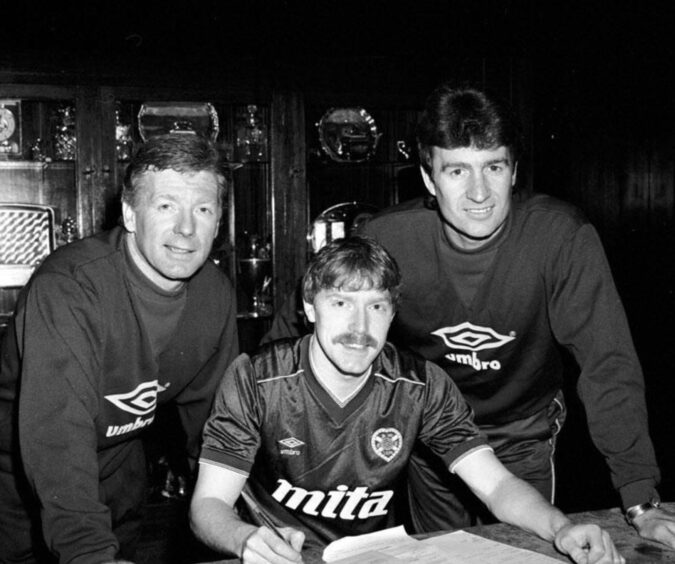
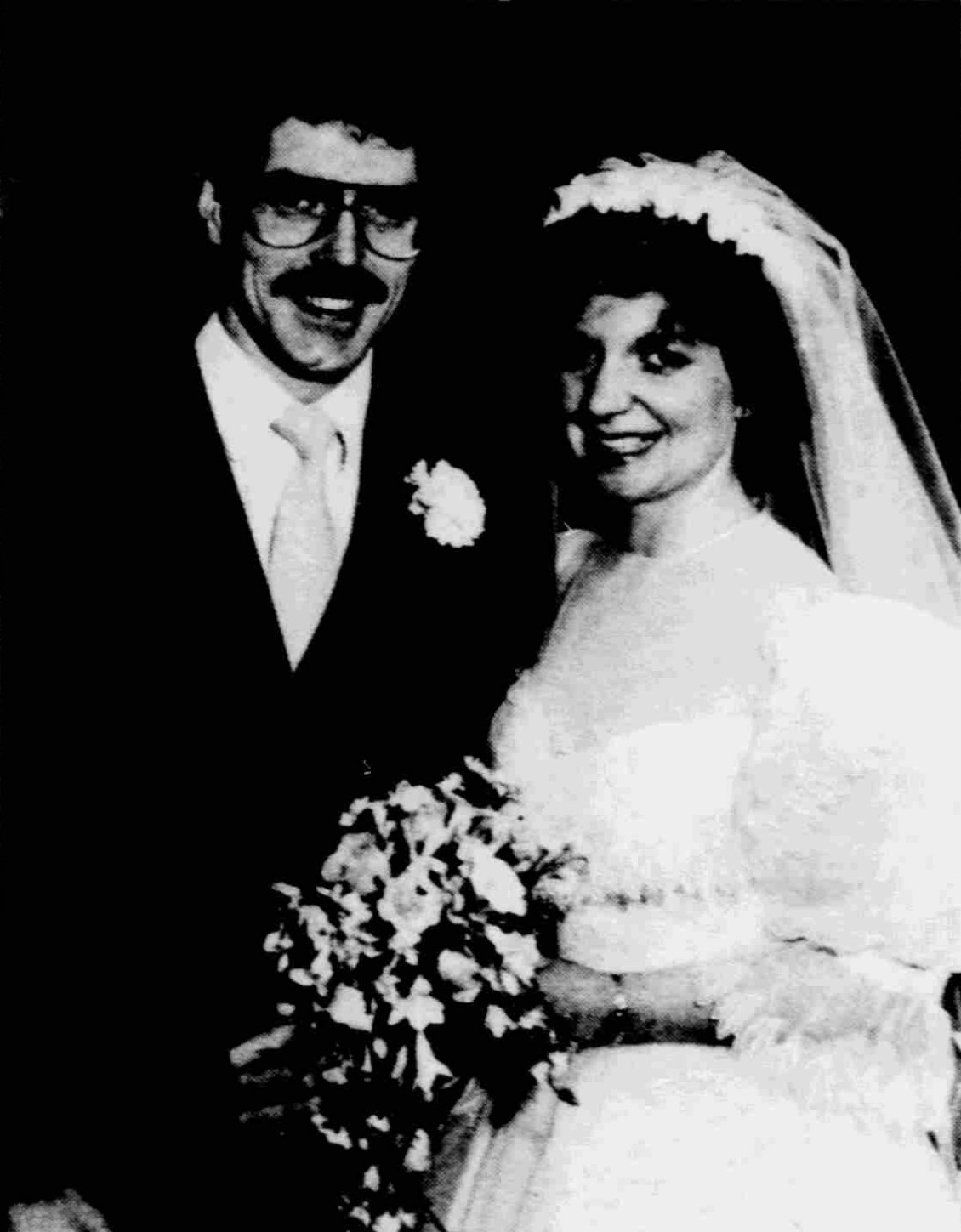
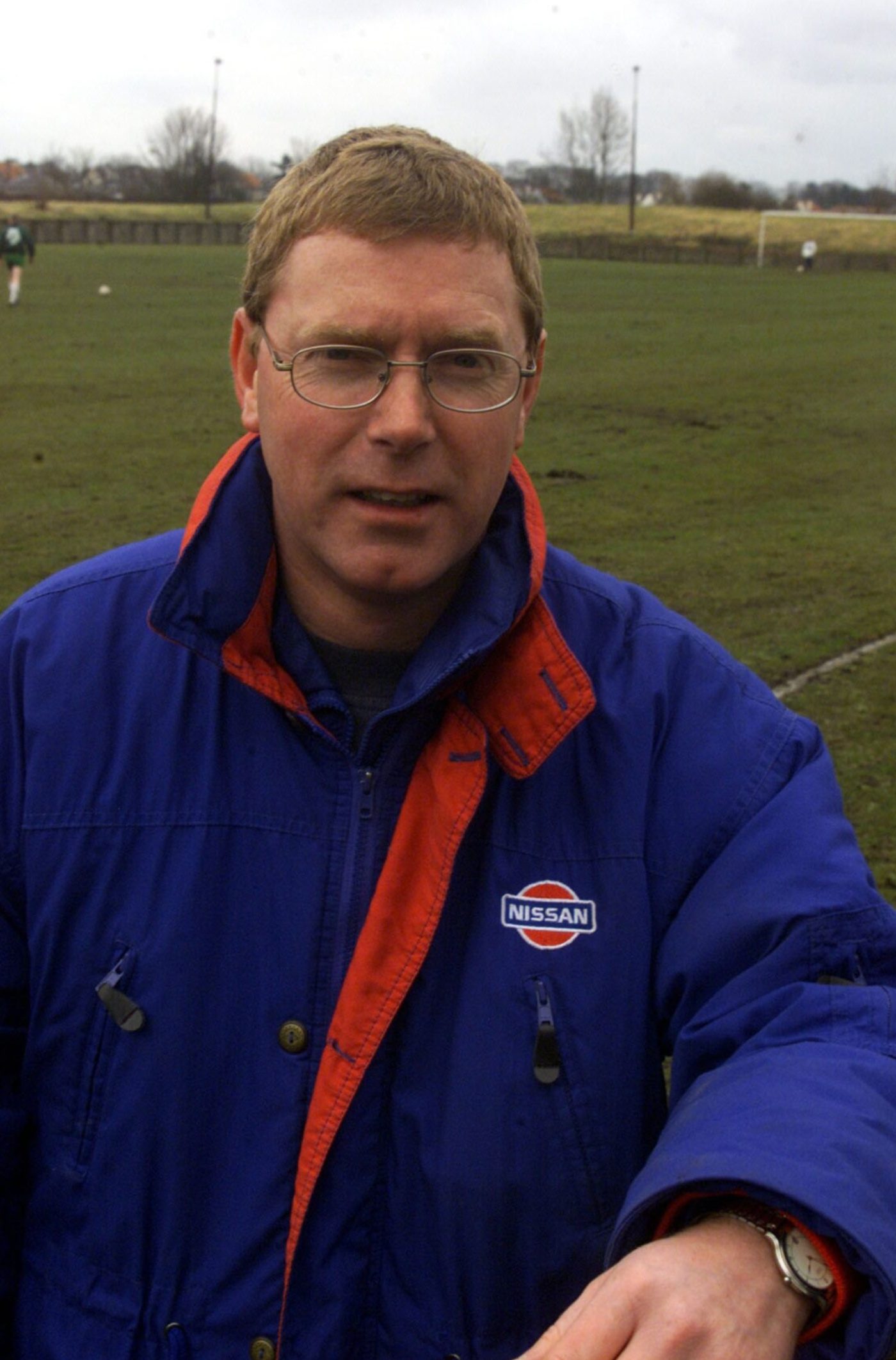
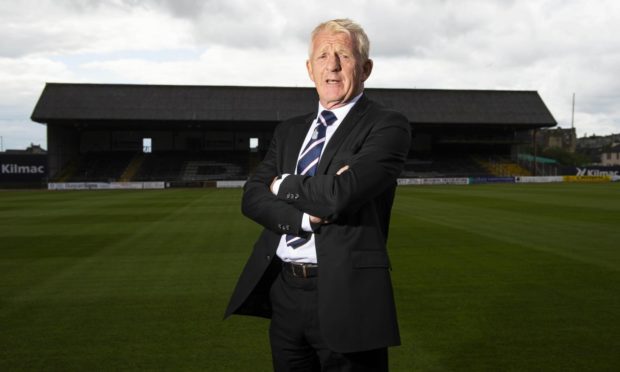
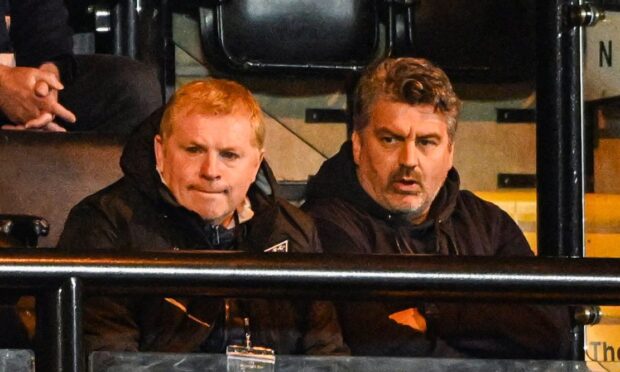
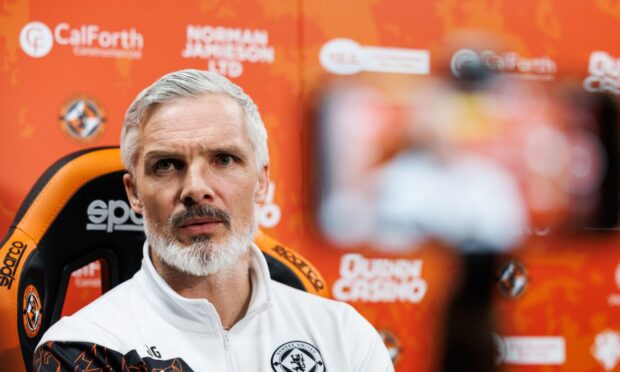
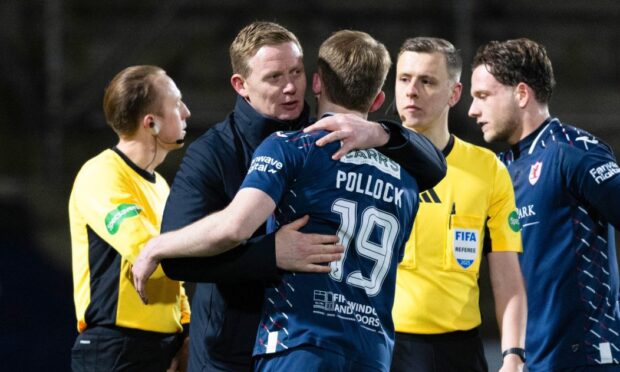
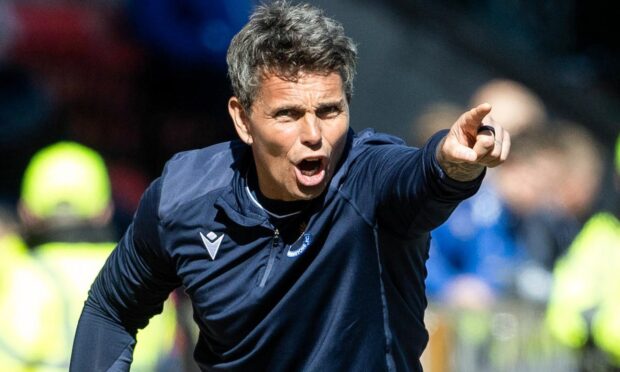
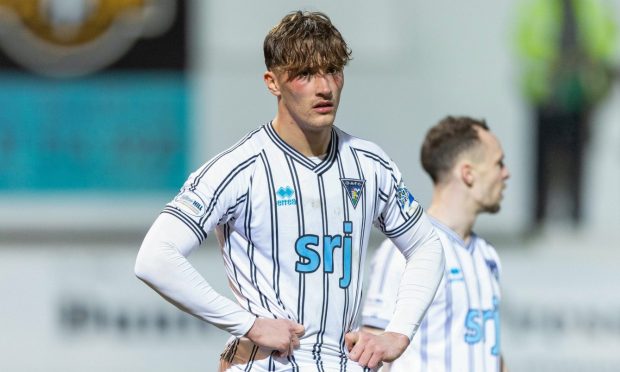
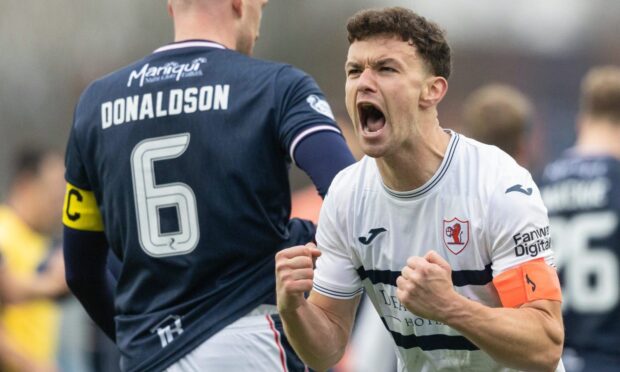
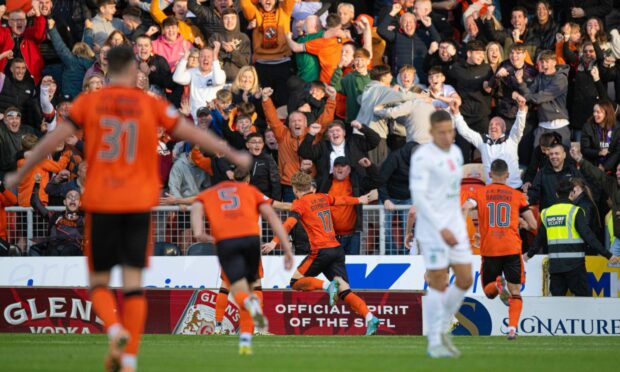
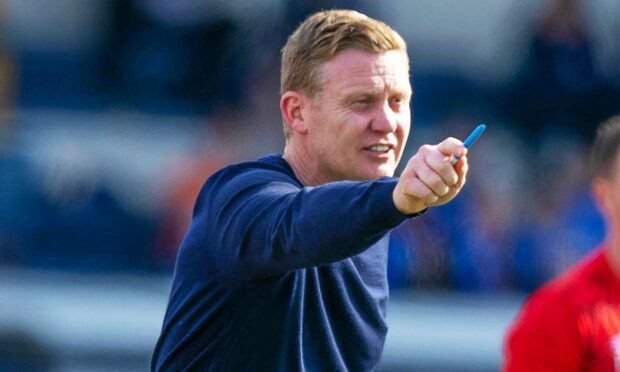
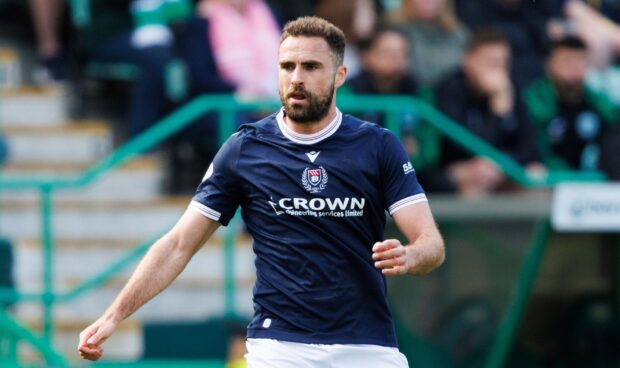
Conversation